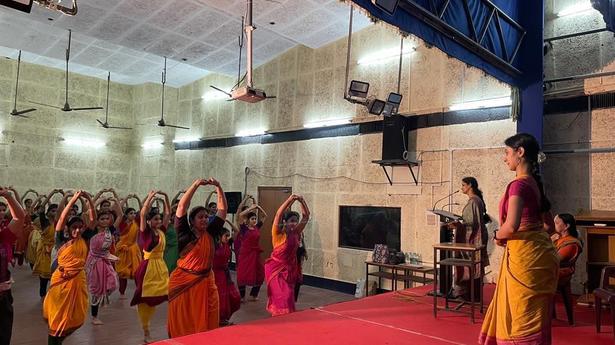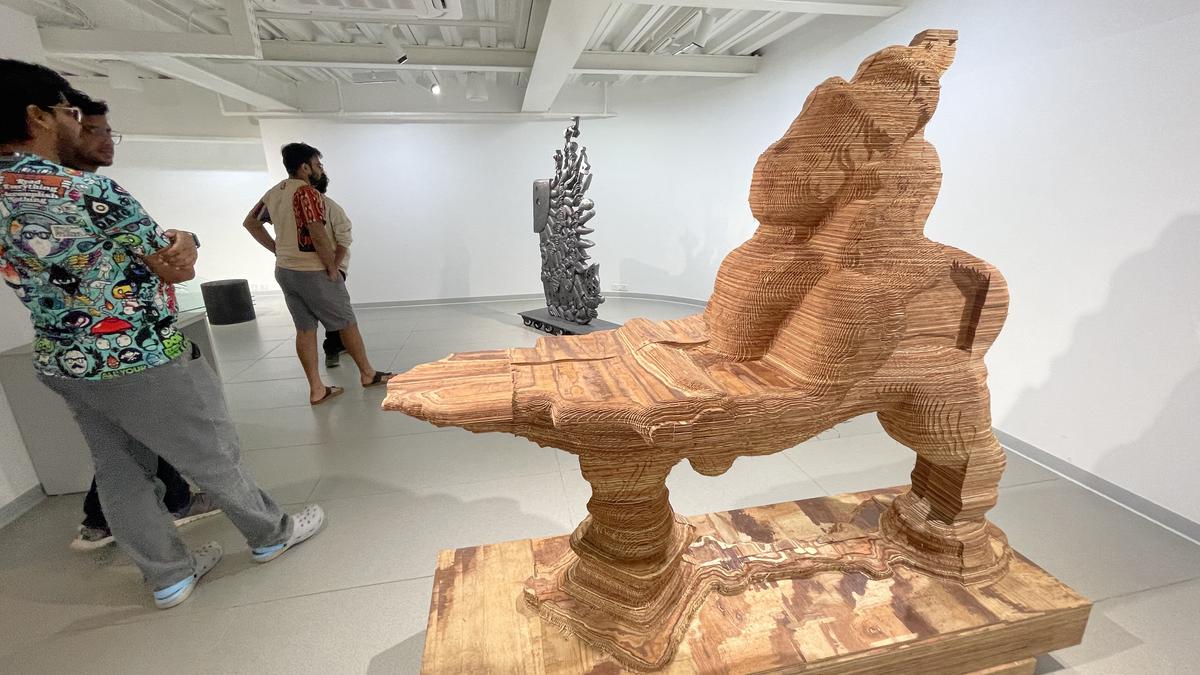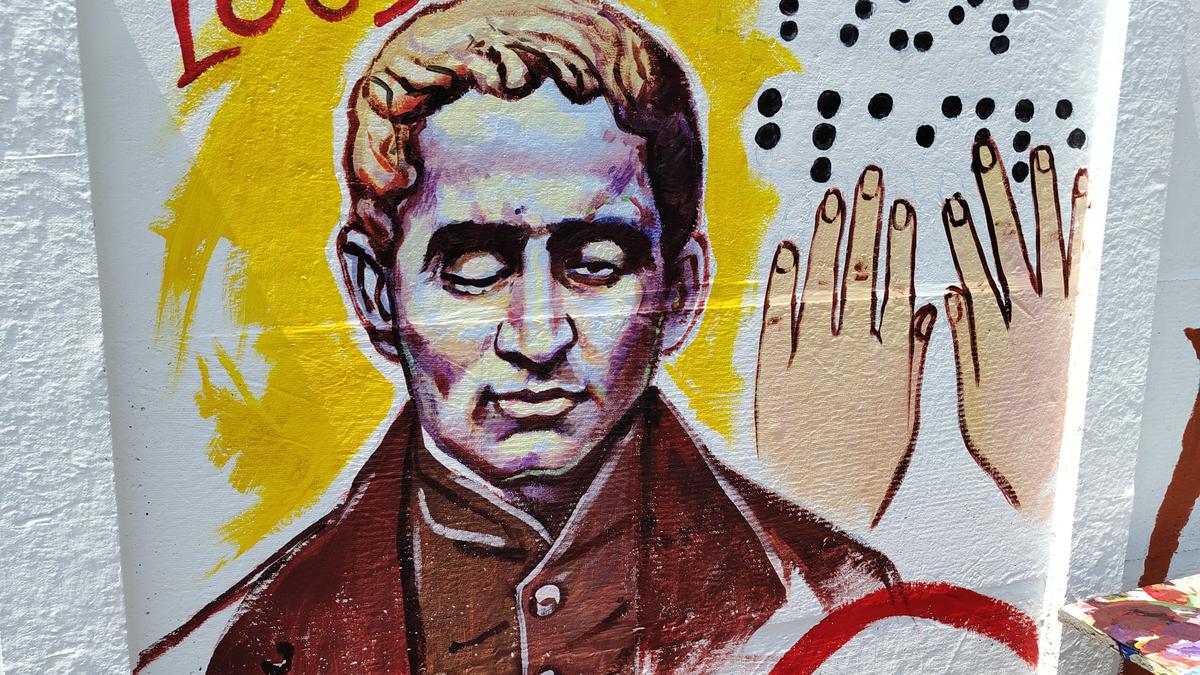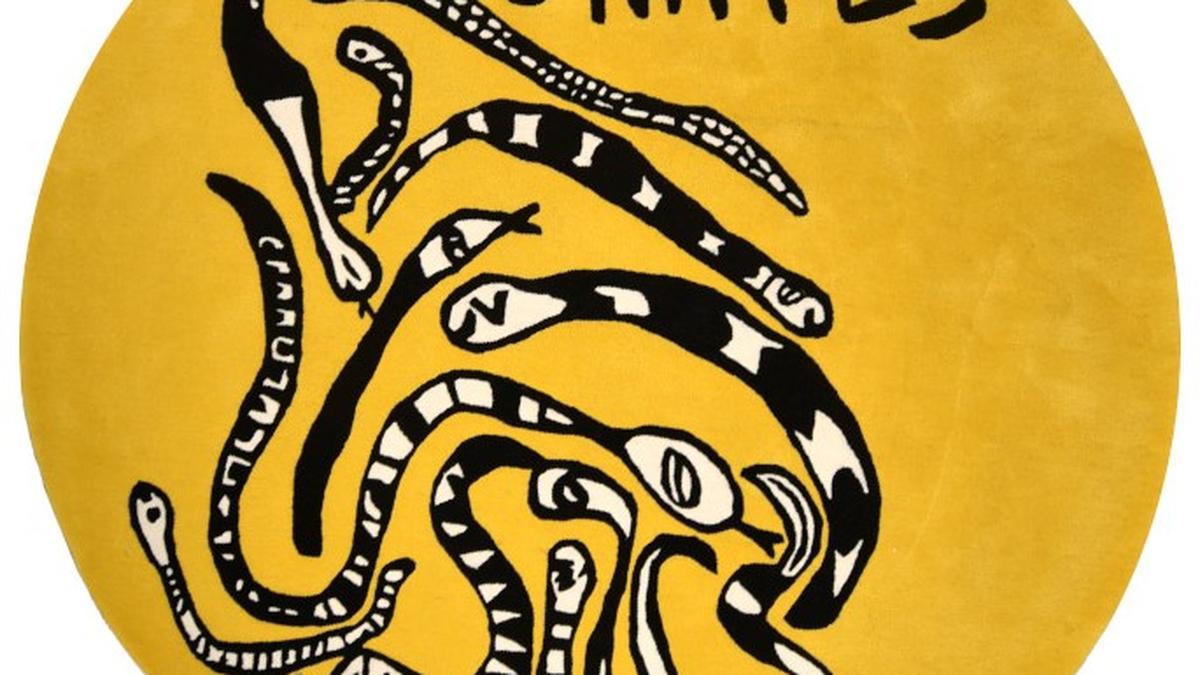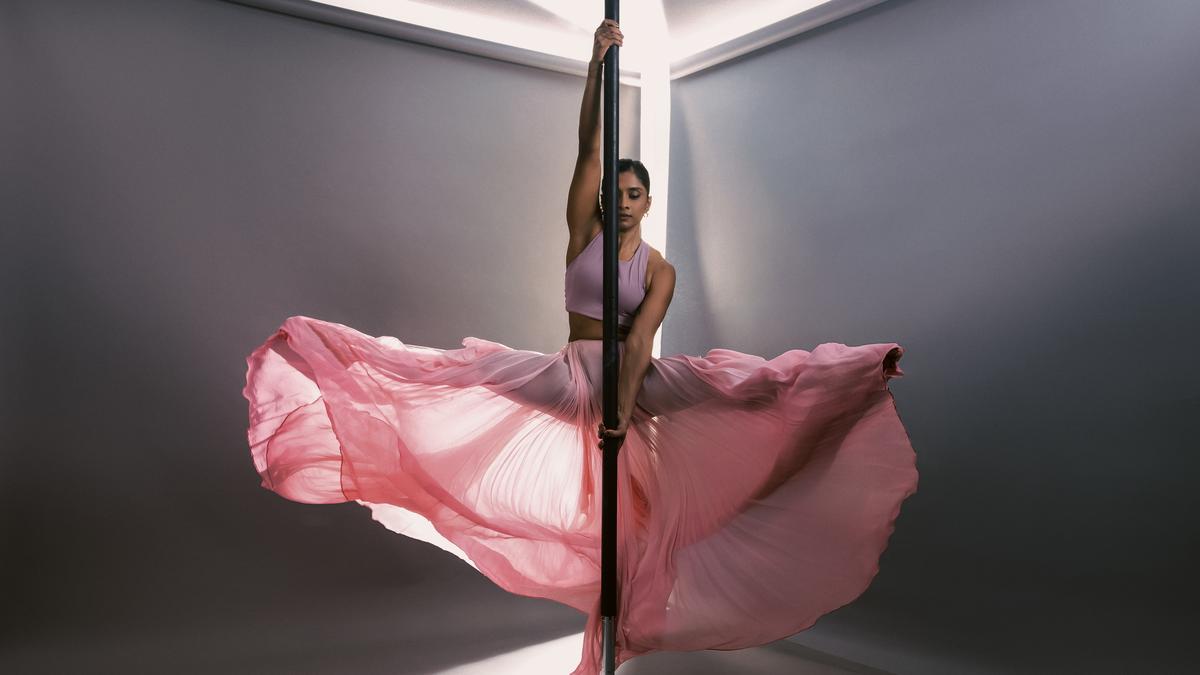Association of Bharatanatyam Artistes of India, the organisation that blurred boundaries among styles to bring dancers under one umbrella, turns 35
Association of Bharatanatyam Artistes of India, the organisation that blurred boundaries among styles to bring dancers under one umbrella, turns 35
They love to perform on well-lit stages before huge audiences. They enjoy being recognised and applauded. Yet, artistes often experience a sense of solitude as they yearn being in a space of their own where they can introspect and explore. Having a style that is distinct is unarguably an asset, but exchange of ideas and emotions, especially with co-artistes, could help in a deeper engagement with the art.
“ABHAI (Association of Bharatanatyam Artistes of India) was launched primarily to facilitate this. The idea was to bring all artistes under one umbrella,” says Roja Kannan. A senior Bharatanatyam dancer and teacher, she is the current president of the organisation. The art form is known for its diverse banis (schools) established and nurtured by traditional nattuvanars. Over the years, lines among banis have blurred, but earlier the distinctness was strictly maintained because gurus possibly did not have cordial relationship, and would also dissuade their sishyas from interacting with those from other schools.
“Stylistic variations lend dynamism to the form, but bonhomie among artistes is essential for the sustenance of the art. Combined visualisation can be a powerful tool. I think guru K.N. Pakkirisami Pillai realised this when he took over as the first president of ABHAI, when it started in 1987. He was then a member of the Iyal Isai Nataka Mandram and headed the Natya Department at the Government Music College. Soon the organisation became the voice of the Bharatanatyam fraternity; conveying the problems and concerns of its members to government authorities,” says Roja, whose tenure has been one of the most challenging, with the pandemic also disrupting the dance world.
As performances came to a complete halt, artistes were faced with an uncertain future, some even struggling for survival. “It was during this phase more than ever that we realised the significance of ABHAI. We emerged as a formidable collective force to help artistes in distress by offering material, emotional and financial assistance. Apart from reaching out to dancers and their accompanying musicians, we extended support to teachers, make-up artistes, costume designers, lighting technicians and stage-craftspersons associated with Bharatanatyam. The beneficiaries also included folk dance artistes, puppeteers, nagaswaram and thavil artistes, and repairers of musical instruments. This crisis reminded us that dance is about what’s happening in the world as much as it’s about the poetry of bodies on a stage.”
An abhivriddhishala on ‘Movement therapy’ conducted by Anita Ratnam
| Photo Credit: Courtesy: ABHAI
Space for ideation
Over the years, ABHAI has evolved from being just an organisation of artistes and technicians to a platform for ideation. This transition is relevant since it’s time the culture of dance and performance is imagined anew. It is essential to build an ecosystem that makes the art accessible and inclusive. The beauty about dance is that it can turn what seems ordinary and mundane into art. So, groups like ABHAI have a larger role to play — of creating new futures.
“The past presidents, all stalwarts in their own right, brought with them that invaluable exposure to the intricacies of a traditional art form and an amazing ability to develop it into something exciting,” says Roja. “It is this energy that we channelised into our Abhivriddhishalas, conceived by Adyar K. Lakshman, when he headed the organisation. An excellent blend of practical and theory lessons, they offer opportunities to young learners to interact with great masters.”
Dance is much more than its traditional image and there are so many layers to an artiste today. For instance, one needs to understand the screen (virtual medium) as well as the stage. They should imbibe the classical technique but reimagine it for the contemporary audience by freeing up their bodies and embracing innovative concepts.
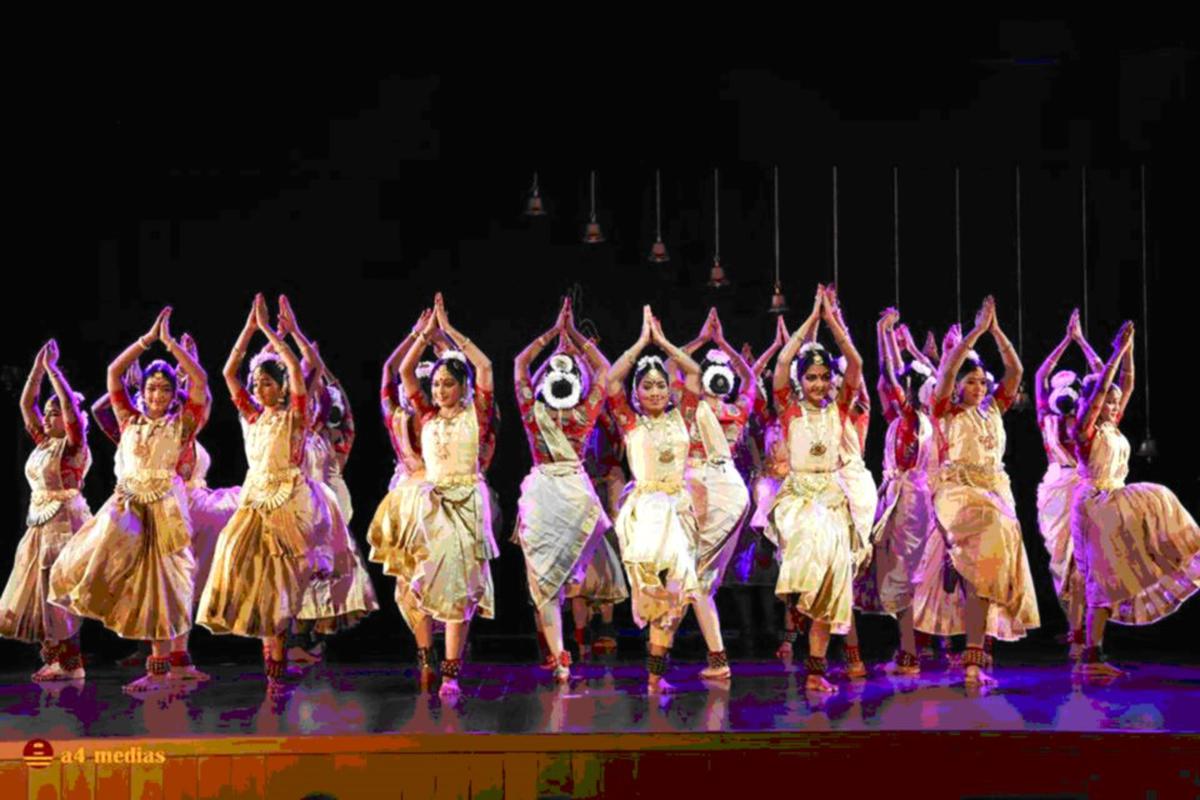
Students from different dance schools performing at ABHAI’s annual day in 2017
| Photo Credit: Courtesy: ABHAI
“ABHAI was not started to promote talent but was envisaged as a support system for dancers and technicians,” says senior exponent Chitra Visweswaran. “The focus was more on welfare activities such as an insurance scheme, medical assistance, train travel concession and aid during calamities. The Chennai floods of 2015 happened during my tenure, and it was then that we first came up with a method for collecting donations and disbursement of funds. A few dance festivals that we launched were only to provide opportunities to deserving young artistes. In its own small way, ABHAI wanted to put an end to the ‘pay to perform’ system that was killing the art.”
One of the most talked about festivals organised by ABHAI was the Mahabalipuram dance festival held during veteran dancer Lakshmi Viswanathan’s term as president. Another landmark event was ‘Rajarajeswaram 1000’, a live performance by 1000 dancers from across the world, conceived and led by the then president Padma Subrahmanyam to celebrate the 1000th year of Brihadeeswara temple in Thanjavur.
V.P. Dhananjayan, who was both the founder-secretary and president of ABHAI, has been closely following its journey since its inception and takes pride in the way it has held its members together for over three decades. “Some of our meetings were initially held at my institution, Bharatakalanjali, before R. Krishnaswami offered space for free at Narada Gana Sabha. ABHAI has since been functioning from there. Efforts are being made to get a building of our own equipped with a theatre, rehearsal hall, recording studio, audio and video library and rooms to accomodate visiting artistes,” says the natyacharya.
“While Sudharani Raghupathy (who was also the president) chose the ‘chin mudra’ as emblem, I named it the ‘Association of Bharatanatyam Artistes of India’ ( abhai means without fear). The name clearly defines the purpose — helping artistes pursue their passion fearlessly,” says Dhananjayan.


